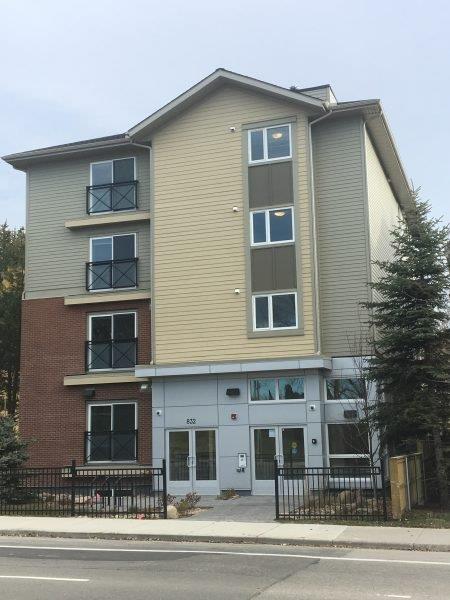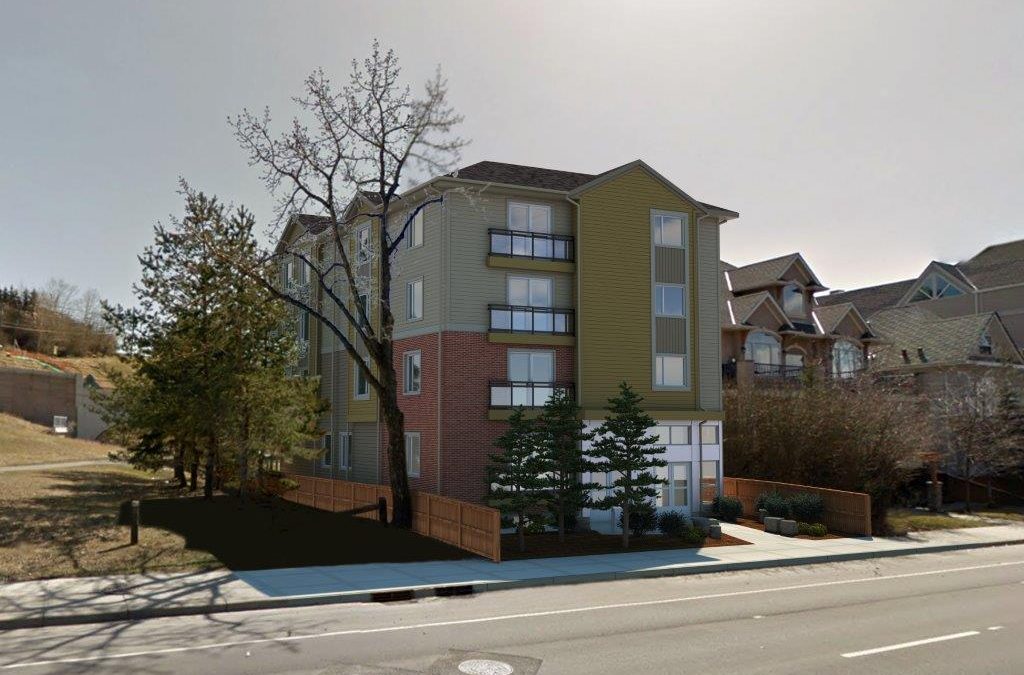
Monitoring Program Performance in Calgary’s Homeless-Serving System of Care
Monitoring Program Performance in Calgary’s Homeless-Serving System of Care
Calgary Homeless Foundation (CHF) recently unveiled new key performance indicators (KPIs)for programs they fund.[1] These new indicators were developed after nine months of community consultation and have been piloted over the course of the past year. A May 2017 slide presentation on the development of some of these KPIs can be found here, while a seven-page guide for staff in the sector who do data entry can be found here.
Here are 10 things to know.
- Once a client is referred to a housing program, staff who work for that program are expected to locate the client and move them into housing ASAP. Calgary’s Homeless-Serving System of Care uses a triage system called Coordinated Access and Assessment (CAA). On a weekly basis, staff from the sector meet to discuss persons who are experiencing homelessness and who need to be housed, available housing units and ‘who fits where.’ Program referrals are based on conversations that take place at that table. Once a referral is made, CHF makes sure program entry occurs in the shortest possible time. CHF’s KPIs also monitor the percentage of referrals that never materialize (possible reasons for a referral not materializing include: the referral was declined by the funded program or by the client, or the referral didn’t happen because the client couldn’t be located).[2]
- Funded programs are encouraged to provide staff only as required (i.e. to not ‘over support’). CHF takes the position that while some tenants will always need case management support (i.e., ongoing professional staff support) many tenants won’t require such support (and some never require it). CHF therefore encourages funded programs to remove unnecessary professional support and promote independence. In that way, CHF creates a smoother ‘flow’ through the system.
- Programs funded by CHF are encouraged to persevere in keeping challenging tenants housed. Programs in the single adults and families sector are encouraged to keep people housed for at least nine months (i.e., three consecutive quarters); whereas those in the youth sector are expected to keep a person housed for at least six months (i.e., two consecutive quarters). In all sectors, maintaining housing can include moving people to a new unit in cases where a specific tenancy hasn’t worked well. In effect, programs are encouraged to take on challenging clients and to not give up on them.
- Once a person is successfully housed, CHF encourages program staff to be mindful of ‘missing tenants.’ This incentivizes funded programs to track down clients who are missing and to go back to the ‘CAA table’ to offer the vacated spaces to a future tenant within a short time frame.
- CHF-funded programs are encouraged (and generally want) to beat the average score for their cohort. On most of the above measures, a cohort average figure (based on the previous year) is calculated for all programs in a specific category (for more on the different categories of programs funded by CHF, see this recent blog post on CHF’s System Planning Framework). CHF sets a benchmark score 10% above the average. Funded programs in that category are then encouraged to score at or better than that benchmark (i.e. at or better than 10% above the cohort average of the previous year).
- All of this data is tracked through Calgary’s HMIS system. Each quarter, CHF staff use HMIS data to calculate KPI results for all CHF-funded programs. KPI results are then emailed to funded programs each quarter. No follow-up is required for programs that perform well in their KPIs. However, if CHF staff finds a program’s KPIs to be problematic, they may contact the program for clarification. CHF recognizes that a problem may be simply technical in nature (e.g., a new staff person isn’t entering data into HMIS properly). Other times, it may be a performance issue.
- An accreditation process helps ensure accurate data entry. Programs funded by CHF go through an accreditation process with an external accrediting body called the Canadian Accreditation Council (CAC). This service is paid for by CHF. CHF has its own standardsthat it has developed with help from CAC, and CHF-funded programs are expected to meet these standards. This process involves client file review, staff interviews and client interviews. Detailed reports are then provided to both CHF and the funded program. Among other things, this process helps ensure accurate data entry. Client case notes and files are reviewed during each accreditation by the CAC team.
- HMIS training also helps ensure accurate data entry. This training, provided free of charge, is provided to programs by CHF staff on a regular basis. Follow-up HMIS technical support is offered throughout the year.
- The Government of Alberta (GoA) is a strong supporter of the CHF’s KPIs. The GoA continues to show very strong interest in CHF’s KPIs. GoA plans to report on similar KPIs for the 2018/19 Ministry of Community and Social Services Business Plan which will include results from across the homeless serving system. According to one GoA source: “We have drawn heavily on CHF work to inform this thinking.”
- CHF will soon unveil new KPIs for programs that specifically serve Indigenous peoples. These KPIs have been developed in collaboration with key members of Calgary’s Indigenous community. This will be the subject of a future blog post.
The author wishes to thank Brian Bechtel, Jennifer Eyford, Geoff Gillard, Chantal Hansen, Sarah Knopp, Friney Labranche, Kara Layher, Sara Mikhail, Angela Pye, Jaime Rogers, Ken Swift, Alina Turner and two anonymous reviewers for invaluable assistance with this blog post. Any errors lie with the author.
[1] For a general overview of the programs funded by CHF, see this previous blog post.
[2] It has recently come to light that, in Toronto, officials have trouble locating clients after they’re referred to subsidized housing (and, meanwhile, the units sit vacant).
You can view a PDF version of the present blog post here: Monitoring Program Performance in Calgary’s Homeless-Serving System of Care





